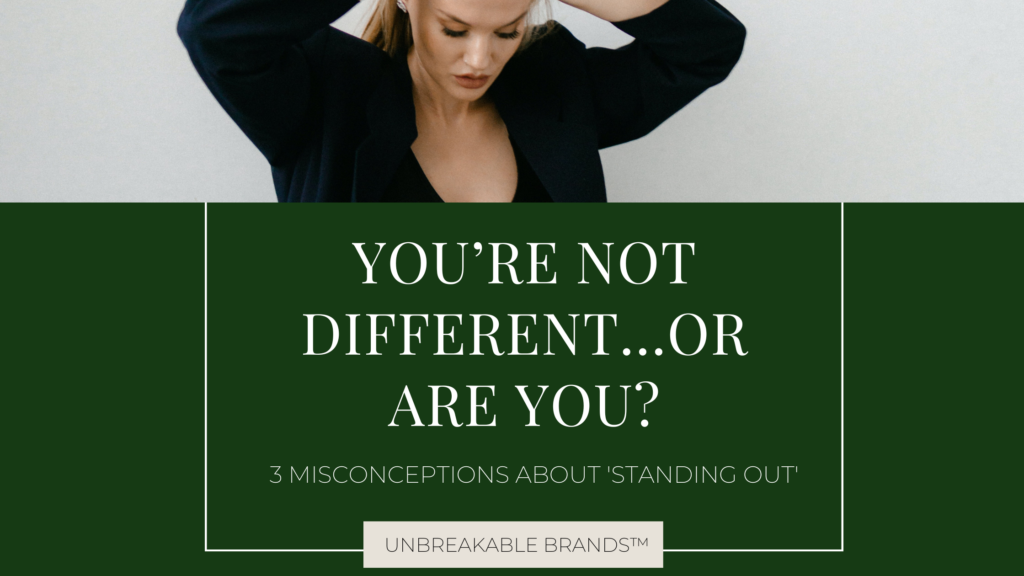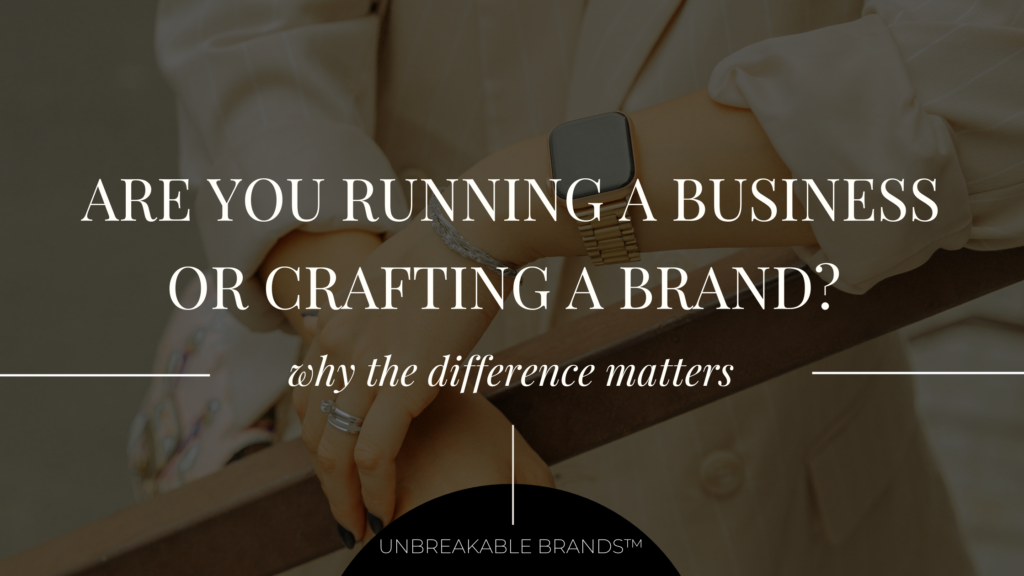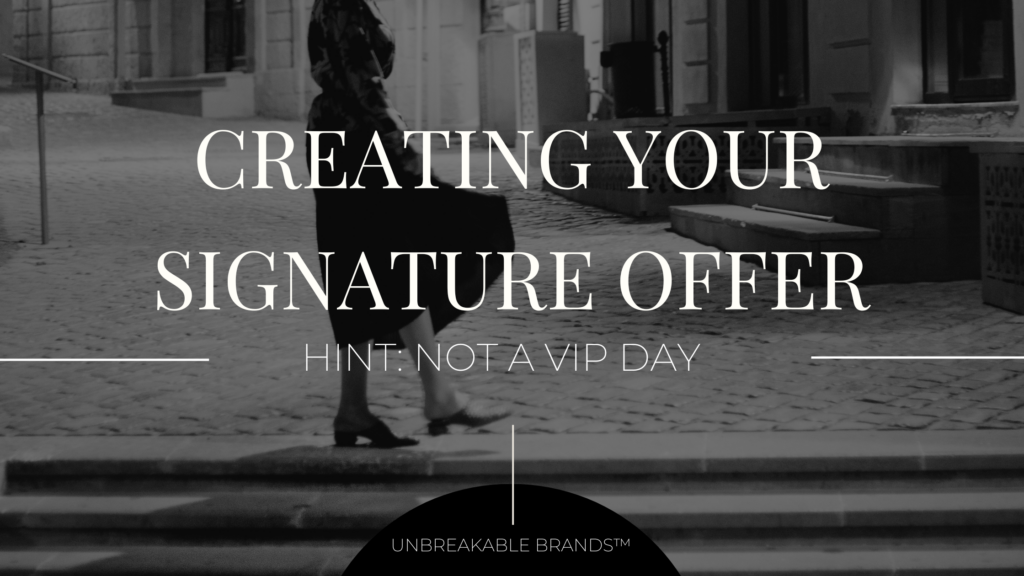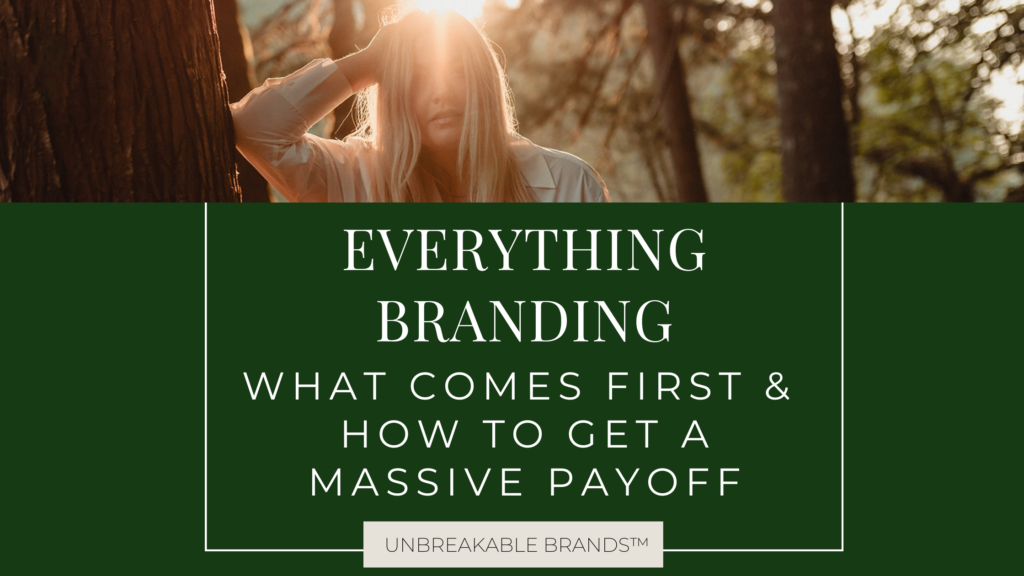Your expert positioning is SO vital for your brand growth. In this episode, I am going to walk through the 3 misconceptions about ‘standing-out’ as an expert in your industry when you’re not creating the first iPhone. Plus give you 3 ways you can take aligned action to carve out your expert positioning.
Listen Now
Brands that make bank and are successful know exactly what their competitive edge is.
– Bethany McCamish, your host
Here’s what you can expect to hear in this episode:
- Three misconceptions around competitive edge
- Why these three ways to stand out don’t work
- What to look at in a competitive analysis
- 3 ways you can differentiate your business
Resources Mentioned In
This Episode
Take The Brand Quiz To Unearth Your brand personality
Pop over to our brand and web design agency and take the free brand personality quiz to begin diving into your brand persona.
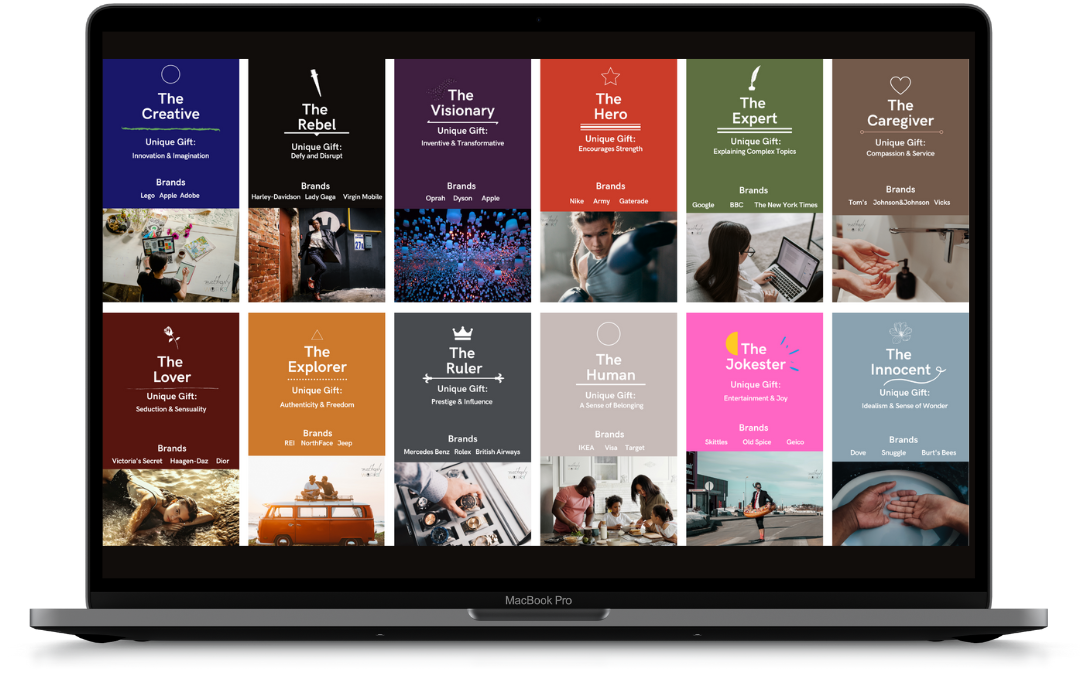
Your Expert Positioning: Are You Really Different? 3 Misconceptions About Standing Out
Here’s the thing, brands that make bank know exactly what their expert positioning (competitive edge) is. Competitive edge can also be referred to as positioning or the brand’s uniqueness. It’s essentially what makes you different or unlike your competitors, right? It’s your differentiator.
3 Misconceptions About Expert Positioning & Competitive Edge
What I see all too often is choosing something as your differentiator that is both dull and is so easily taken.
These are commonly:
- Convenience or time – we saw this sweep the online world with VIP days
- Being ‘better’ or ‘smarter’ at said service or product
- Being cheaper
We actually saw this trend sweep the online world in a massive way with the uprise of VIP days websites in one day, things that were so so fast. And my response to that is that in many industries, that doesn’t work, in terms of sustainability, but also in terms of what you’re actually providing.
My particular perspective is that designing and building your brand and cultivating – that is not a Jiffy Lube service. I think VIP days definitely put that spin on a lot of services provided by different individuals, making it a Jiffy Lube service. I’m just like, how does that really work for you in the long term? How is that providing quality? How is that using human decision drivers to shape the future?
But alas, I could go off on that for a very long time. That’s one that you definitely don’t want to be your differentiator, convenience or time.
Number two is being “better” or “smarter” at said service or said product. Now, this one has a little bit of a caveat because I think products like I had talked about in an earlier episode can quite easily be innovated to fix what’s “wrong” with them, right? That’s not what I’m talking about.
Here, I’m talking about using the most mundane, “Well, I’m just better” or “This is just a smarter way of doing it” only because that doesn’t actually talk about what it is that’s better or smarter. It’s a very easy cop-out to providing what is actually your brand differentiator.
Number three is being cheaper.
I actually see this one all the time, and it’s used by both service providers and those creating products and the customers and clients themselves. If you have been a service provider, or you have a product, I’m sure you have heard other people say, oh, well, I found this cheaper, or even the whole trend is literally people finding things cheaper.
If you have these as your differentiator – you’re not actually different. Because anyone can come along and immediately be cheaper than you or better than you, or faster than you, those are easily stripped titles.
- What is their promise?
- What language do they use above the fold on their website?
- Who is their engaged audience on social?
- What are they missing/leaving out?
- What do they do really well?
On that same note, if you haven’t dove into your industry to see what is out there with competitor analysis, then it will be REALLY hard to find your competitive edge.
Increase Your Impact & Leave a Legacy
I’m always talking about increasing your impact and leaving a legacy because that’s part of what I do within my brand agency is making sure that I’m building something for my clients, that helps them leave an impact, that helps them create a legacy that is beyond just building a business or a side hustle. That is there actually to create change in the world.
I think that that’s a really big deal. When you have that type of mission behind what you’re doing as a CEO, then you have to back that with a differentiator, a competitive edge that’s solid, right? So let’s get into that.
But before we do, on the same note, I just want to say if you haven’t dove into your industry to see what is out there, to do competitor analysis, then that’s really where you have to start. Because frankly, it’s very hard to find what makes you different, or what your competitive edge is, if you literally have no idea who your competitors are.
If you haven’t done competitor analysis, or maybe you haven’t done it in a few years, I would say it’s something that definitely needs to be refreshed. Because there are constant changes in every industry, it’s time to look at that. It’s time to really dive into what’s happening with your competitors.
If you haven’t done that, I’m just going to quickly cover some things that you can look up with your competitors to do a brief competitor analysis, that’s going to help feed into what we talk about next, which is how you can actually be different and stand out.
So the first is pretty obvious. It’s what is their promise? What are they actually promising to their clients or their customers?
And then, secondly, what language are your competitors using above the fold on their website? That’s actually a key indicator of what their promise is, then take a look at their other presence on other platforms; who is their engaged audience?
And then once you’ve done that, you can look at, okay, what are they doing really well, like? What are they knocking out of the park? And then on that same note, what are they missing? Or what are they leaving out?
Once you’ve answered those questions about your top three to five competitors, you have done a mini-competitor analysis and, you should have a little bit more of a refreshed perspective of what’s happening within your industry and your space. Then once you have that in your back pocket, you can use it internally to make sure that when you’re going through this next exercise, and you’re thinking about what actually differentiates you, as a business, you know, what’s actually out there, right?
Okay, so let’s dive into the differentiator piece of things.
Because I hear this a lot, “Well, frankly, nothing about me is different.” I offer the same service, as you know, Sally Joe over there, or my product is super similar to this one over there.
And, it’s like, okay, well, that’s a valid point, right? But you need to find what’s different about your service or your product in order to make effective and compelling marketing and really stand out in your space. Otherwise, I would say, what is the point if you’re doing exactly what someone else is doing, and you’re not necessarily improving, or impacting, or making change, right? That’s my own perspective.
So what you need to do is you need to start with your client or customer’s needs. You can use the word “I need…” “I want…” as a sentence starter.
That’s the first thing, and that’s the external, right, that’s the external need or want, then the second step is to identify the feelings associated with that need, right? So I feel overwhelmed. “I feel XYZ because,” “I feel this way because…” right, use that same sentence starter, to identify the emotional problems.
So we’ve got the external problem, we’ve got the emotional problem. And once you’ve got those, then the final piece for you is to say, Okay, how does my service or product not only meet the need, and the want, validate the feelings, but ultimately change the outcome for that person? What is that changed outcome? What is that transformation that you are providing with your service or your product?
3 Steps to Define Your Expert Positioning
It’s important to note that you don’t need to invent the wheel – the goal is always to innovate, not invent – just like Kim did with tired old shapewear and SKIMS.
Here’s the best example that really makes this click.
It’s not a mattress company; it’s a sleep company
It’s not a copywriting agency; it’s a ‘call with your friend’ company
It’s not a shoe designer; it’s a ‘step into your power’ designer
We are completely shifting from a product and service that may be similar to others to the feeling. People are walking away with the end transformation that they are getting from that product or service. That in itself is such a powerful tool for you to have in your back pocket when you’re thinking about anything that has to do with promoting your brand or anything that has to do with furthering your brand presence.
YOUR COMPETITIVE EDGE CAN BE FLEXIBLE
A big gap that brands leave open is not actually defining their competitive edge and not actually being different than anyone else. Take the time now while you’re in this phase of scaling your company to really define that and come back to it again and again over the years to make sure that your competitive edge, what makes you unique, matches up with those client and customer needs and feelings.
That’s why sometimes brands will evolve over time because client and customer needs evolve over time. But your brand strategy and what makes your brand unbreakable is not something that you chisel into stone. It is flexible and grows as you grow.

